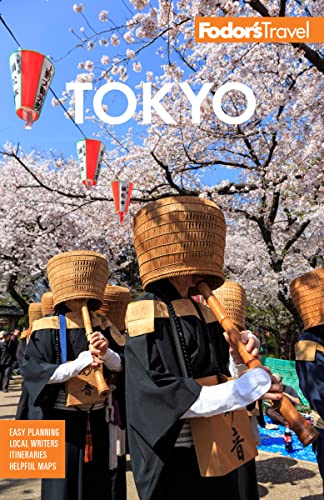If there is one must-visit neighborhood in Tokyo, this is it. Asakusa brings together cultural sites, dining, and entertainment in vibrant surroundings that are at once historic and modern.
Cars make room for the rickshaw drivers who sometimes outpace the motorized traffic. On the neighborhood’s backstreets, neo-French and Italian cafés mix with generations-old soba and tempura shops while customers in the latest fashions sit with those in traditional kimonos. Kaminari-mon, the gateway to Senso-ji—Tokyo’s oldest temple—is a backdrop for artisans and small entrepreneurs, children and grandmothers, hipsters, hucksters, and priests. It is hard not to be swept away by the relaxed energy that pulses through the area. If you have any time to spend in Tokyo, make sure you devote at least a day to exploring Asakusa.
Historically, Asakusa has been the city's entertainment hub. The area blossomed when Ieyasu Tokugawa made Edo his capital, and it became the 14th-century city that never slept. For the next 300 years it was the wellspring of almost everything we associate with Japanese culture. In the mid-1600s, it became a pleasure quarter in its own right with stalls selling toys, souvenirs, and sweets; acrobats, jugglers, and strolling musicians; and sake shops and teahouses—where the waitresses often provided more than tea. Then, in 1841, the Kabuki theaters moved to Asakusa. The theaters were here for only a short time, but it was enough to establish Asakusa as the entertainment quarter of the city—a reputation it held unchallenged until World War II, when most of the area was destroyed.
After the war, development focused on areas to the west like Shinjuku and Shibuya. In a way, this saved Asakusa from becoming yet another neighborhood filled with neon, concrete, and glass instead mostly keeping to the same style of low buildings and tiny independent shops that existed before the war. Seven decades have certainly changed the neighborhood, but many of the smaller side streets retain the charm and feel of old Tokyo. Although the area has become dramatically more popular in recent years, tourists usually keep to the main streets and line up at the same restaurants around the Senso-ji Temple Complex. Venture a few minutes away from the temple area and the crowds thin out and souvenir shops give way to quiet storefronts selling traditional crafts. Although Senso-ji Temple is well worth seeing, taking the time to wander through the neighborhood gives you a hint of what it may have been like years ago.






